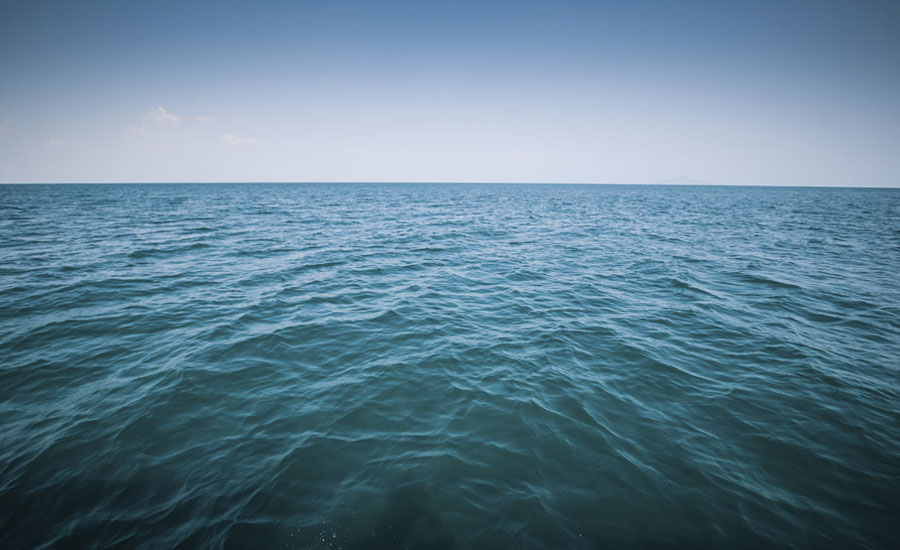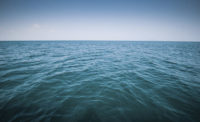“Abandon ship”
Black box from sunken ship reveals crew’s last minutes

Ten minutes after the master of the cargo ship El Faro ordered his crew to abandon ship, the audio recording of the doomed ship’s final hours went silent.
33 lives lost
That was one of the details released yesterday by the National Transportation Safety Board (NTSB), which successfully recovered the El Faro’s voyage data recorder (VDR) from the ocean floor Aug. 8, 2016. The US flagged cargo ship that sank about 39 nautical miles northeast of Crooked Island, Bahamas during Hurricane Joaquin on Oct. 1, 2015. All 33 crew members perished in the tragedy.
It took the NTSB and its partners -- including the U.S. Coast Guard -- three separate missions to locate the ship and retrieve the VDR. The agency has now had an opportunity to “audition” the recording, but is convening a voyage data recorder group to do a more thorough analysis and develop a detailed transcript of the sounds and discernible words captured on the El Faro’s bridge audio.
Families of the El Faro’s crew were briefed about the results of the audition yesterday prior to the NTSB’s public release of the characterization of the audition.
The VDR is in good condition
About 26 hours of information was recovered from the VDR, including bridge audio, weather data and navigational data. Investigators examined the VDR, found it to be in good condition, and downloaded the memory module data in accordance with the manufacturer’s recommended procedures.
Numerous events leading up to the loss of the El Faro are heard on the VDR’s audio, recorded from microphones on the ship’s bridge. The quality of the recording is degraded because of high levels of background noise. There are times during the recording when the content of crew discussion is difficult to determine, at other times the content can be determined using audio filtering.
On the phone: situation critical
The VDR recording began about 5:37 a.m., Sept. 30, 2015 – about 8 hours after the El Faro departed Jacksonville, Florida, with the ship about 150 nautical miles southeast of the city. The bridge audio from the morning of Oct. 1, captured the master and crew discussing their actions regarding flooding and the vessel’s list. The vessel’s loss of propulsion was mentioned on the bridge audio about 6:13 a.m. Also captured was the master speaking on the telephone, notifying shoreside personnel of the vessel’s critical situation, and preparing to abandon ship if necessary. The master ordered abandon ship and sounded the alarm about 7:30 a.m., Oct. 1, 2015. The recording ended about 10 minutes later.
The NTSB notes that these times are preliminary and subject to change and final validation by the voyage data recorder group.
The VDR group’s technical experts will continue reviewing the entire recording, including crew discussions regarding the weather situation and the operation and condition of the ship. It remains unknown how long it will take to develop the final transcript of the El Faro’s VDR. The length of the recording and high levels of background noise will make transcript development a time consuming process.
Looking for a reprint of this article?
From high-res PDFs to custom plaques, order your copy today!





